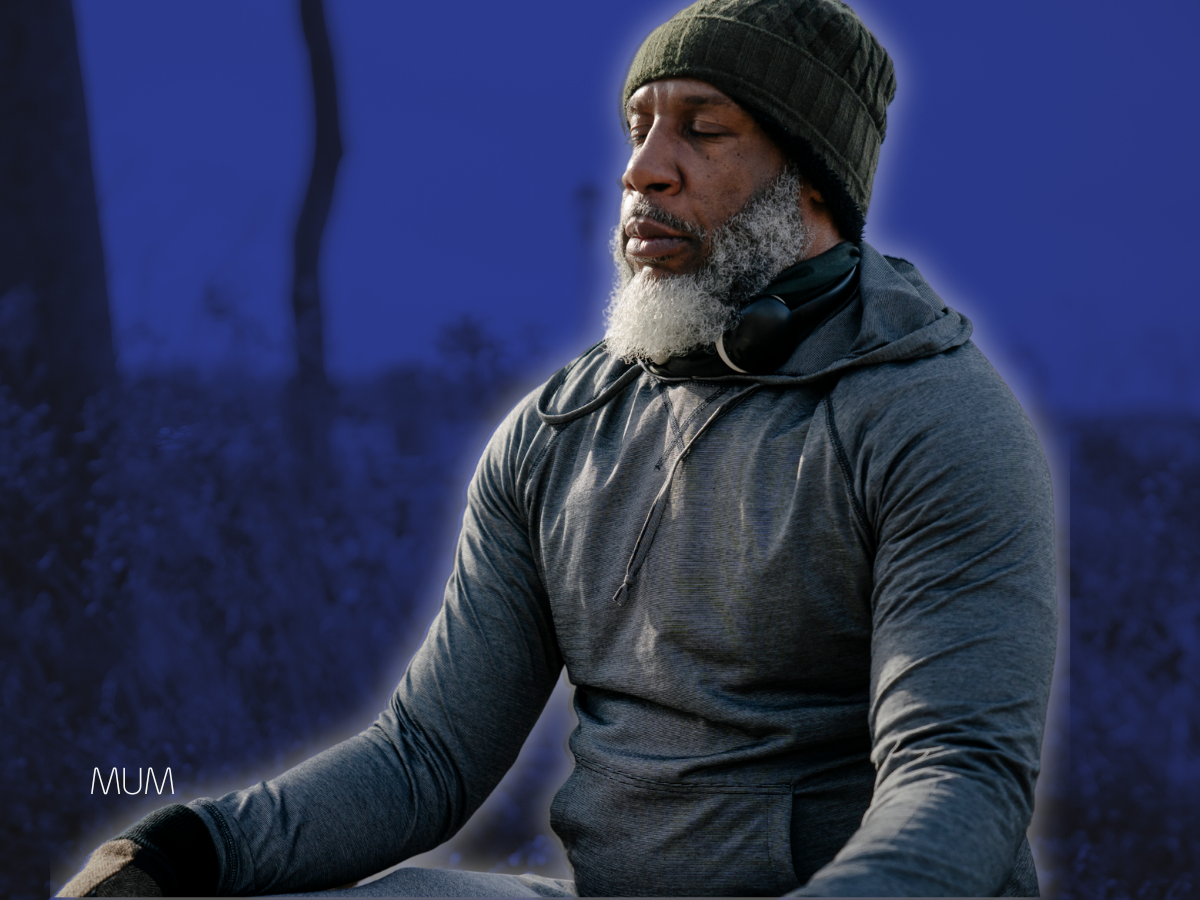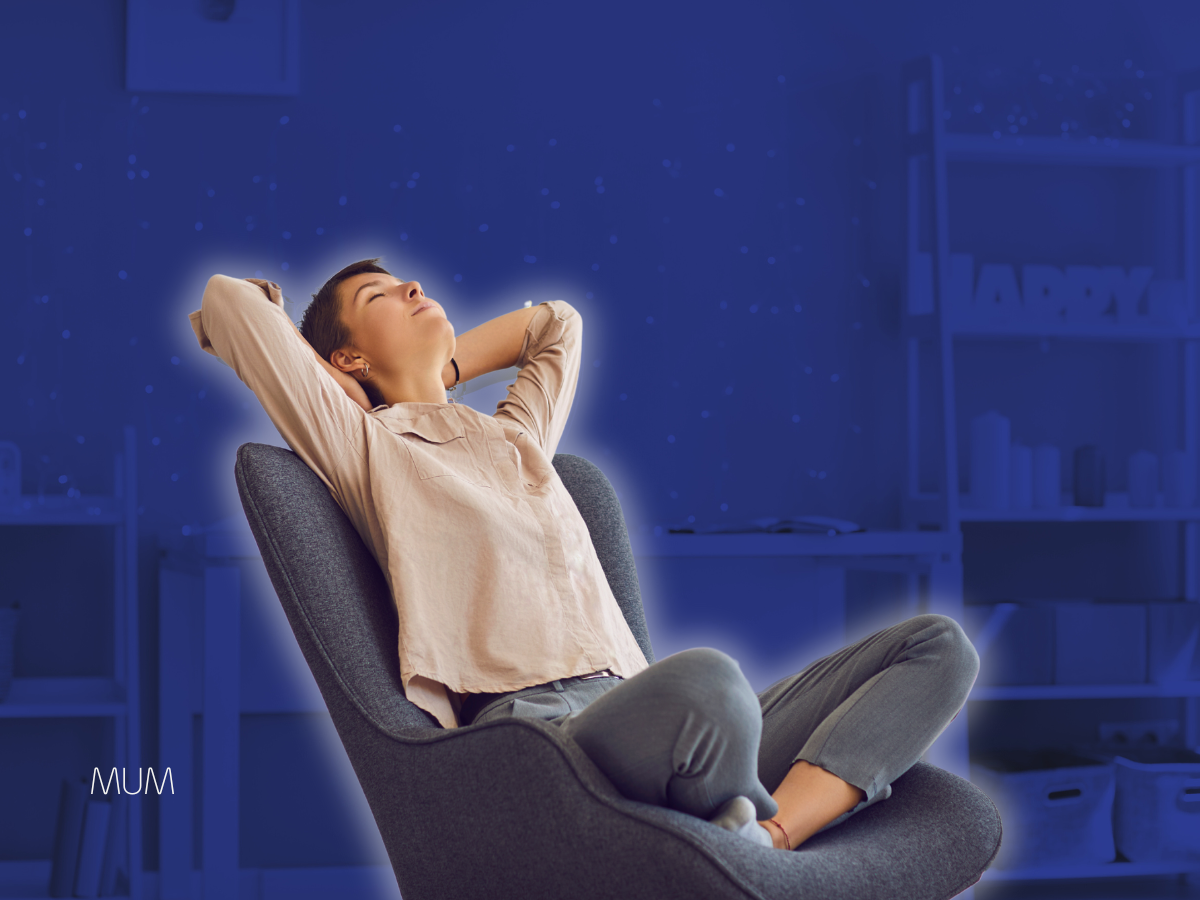Retail Therapy: A Quick Fix or a Lasting Solution?
A Guide to Mindful Spending and Emotional Well-being
Retail therapy, the act of shopping to improve mood, is a familiar concept. We've all felt the urge to browse stores or click "buy" after a stressful day or a relationship setback. Research suggests emotional triggers like stress, sadness, or boredom fuel this behavior. A study published in the Journal of Personality and Social Psychology found that people experiencing negative emotions were more likely to make impulsive purchases. Shopping offers a sense of control amidst emotional turmoil. Choosing items and seeing a tangible reward can be a temporary escape.
The Double-Edged Sword of Retail Bliss:
While retail therapy can provide a fleeting mood boost, the consequences can be less than ideal. Impulse purchases often lead to budget strain and buyer's remorse. A 2021 study in the International Journal of Retail & Distribution Management found a link between retail therapy and financial stress, especially for individuals prone to emotional spending. Furthermore, relying on shopping to manage emotions creates a cycle of dependence. We seek external validation through possessions, neglecting the root cause of our unhappiness.
Beyond the Buzz: Seeking Deeper Satisfaction
The truth is, retail therapy offers short-term gratification at best. It doesn't address the underlying emotional needs that drive us to shop in the first place. A mindful approach can help us break free from this cycle. Here are some practical steps:
Self-Awareness: When the urge to shop strikes, pause and consider your emotional state. Journaling can help you identify triggers and emotions behind spending.
Gratitude Practice: Focusing on what you already have can cultivate contentment. Regularly practicing gratitude shifts your focus from desires to appreciation.
Meaningful Activities: Engage in hobbies that bring you joy and fulfillment. This could be anything from gardening to playing music to volunteering.
Setting Boundaries and Prioritizing Needs:
Budgeting: Create a budget and stick to it. This reduces the temptation to overspend on impulse buys.
Intentional Shopping: Plan your purchases with a list to avoid impulsive decisions.
Differentiate Needs from Wants: Learn to distinguish between essential needs and fleeting desires masked as needs.
Moving from Fleeting Joy to Lasting Fulfillment:
Developing mindful spending habits and emotional awareness paves the way for a more fulfilling life. By addressing emotional needs head-on and prioritizing meaningful activities, you can cultivate a sense of contentment that goes beyond the fleeting high of retail therapy. Remember, true happiness comes from within, not from a shopping cart. By making intentional choices and focusing on mindful living, we can move beyond the temporary relief of retail therapy and find lasting fulfillment
Keep Going!
Check out these related posts






